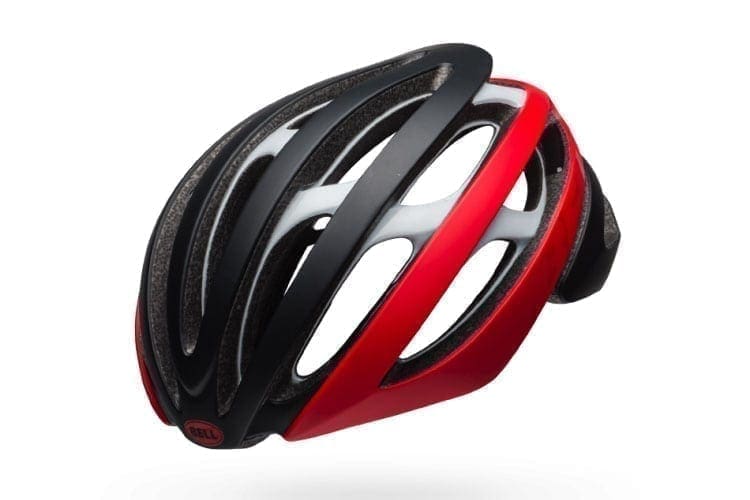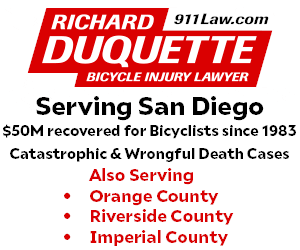Concussion Guidelines for Cyclists After a Bike Accident
Have you ever crashed and hit your head while cycling? If you ride a bike, the chances of crashing at some time are relatively high and unfortunately can happen when you least expect it.
I received my first and only concussion when I was nine years old after racing down a steep hill on my Schwinn Fair Lady. I don’t remember much about the crash since I was knocked unconscious. However, I do remember waking up in someone’s yard with a wet washcloth on my head and that I had to spend the night in the hospital for observation. After I came home from the hospital, my parents told my younger brother and me never to go down that hill again. Of course, my parents warning did not stop my daredevil brother and he crashed going down the very same hill a few months later. Luckily, he did not end up with a concussion as I did, but he did receive some nice road rash on his face just in time for school photos!
Since then, I can think of at least three times where I have hit my head in training and racing. One of the crashes happened when I was less than a mile from home. Luckily, I was wearing a helmet during these crashes, something we did not do all of the time while riding our bikes in the late ’80s and early ’90s.
Over the years, I have had known cyclists that have hit their heads while racing and received concussions that had lasting effects. At the 2017 Amgen Tour of California, we watched in horror as Toms Skujins (Cannondale-Drapac) took a bad fall where he hit his head and tried to get up and ride again with a concussion. In addition, a young rider told me how he ignored his doctor’s advice to take time off after getting a concussion and started riding again as soon as he could, then went on to crash and hit his head again. As cyclists, our first instinct is to get up and keep going after we crash or to start training as soon as possible after a bad crash. This isn’t always the best thing to do, as our body and brain need time to heal! If a rider hits their head or has received a concussion, they should always follow their doctor’s advice on a healthy return to cycling.
What do you do if you hit your head?
USA Cycling and the Medicine of Cycling group has released recommendations for treatment of riders who have sustained head trauma in cycling that every cyclist and team manager should read. According to the Medicine of Cycling’s Concussion Guidelines for Cyclists, ”Concussions are a form of brain injury resulting from a direct blow or rapid acceleration and deceleration of the brain inside the skull altering the cellular processes in the brain. Concussion or brain injury can occur without direct impact or loss of consciousness. It can result in symptoms that are evident immediately, or may evolve over the course of hours, days, or even months.”
USA Cycling states, “The guidelines outline actions team managers and athletes can take in the pre-season, tips for recognizing and evaluating concussion immediately post-injury and considerations for a return to competition. The concussion statement recommends educating athletes on the seriousness of concussions and assessing basic neurologic functions in the pre-season. Following head trauma, the statement emphasizes the importance of cooperating with medical personnel and identifying key symptoms. For return to competition a slow, step-wise approach is advised once an athlete is asymptomatic. Overall the guidelines recommend that any rider with a witnessed loss of consciousness during training or competition should be immediately removed from competition for medical evaluation. These guidelines do not imply that a rider who sustains a head injury without witnessed loss of consciousness is fit to ride.”
Cycling is fun, but accidents can and will happen. Wear a helmet to help prevent injury and if you do hit your head get assessed for a possible concussion by medical staff and look for the initial symptoms of a concussion as well as any persisting symptoms that can evolve for up to 14 days later as outlined in the guidelines.
By Christy Nicholson, SoCalCycling.com
No products found.
















